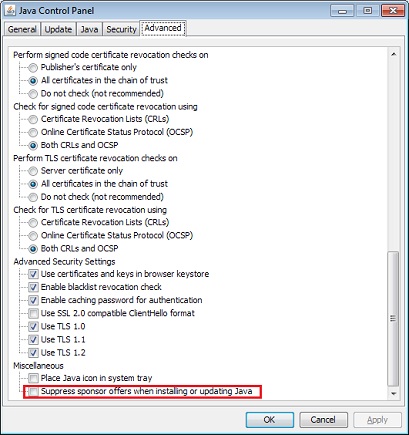Adware is probably the only kind of malware that every computer user knows when they see it or hear it discussed. It’s hard not to do it when it’s usually right in front of our eyes. Adware is an English term for “advertising-supported software” that’s exactly what this type of malware is developed for: presenting unwanted advertisements and ads using intrusive and sometimes dangerous methods on your computer.
Not all adware is outright horrific. At best, it’s just annoying. However, at its worst, it can undermine your security settings and track your online activities and display advertisements where access would not normally be granted, such asex. in your Internet Browser.
These security breaches can subsequently be exploited by dangerous actors to infect your computer with the really harmful form of malware that steals your sensitive personal data – adware is truly to be regarded as a Trojan horse. When this happens, the software is sometimes referred to as malvertising and plays on terms “malware”and “advertising”.
What is adware doing on my computer?
Just as online advertising becomes more complex, so does adware. Some of the more common ways adware appears on computers are:
Incessant Pop-ups: this is classic adware. Sometimes an endless stream of dialog windows with advertisements will pop up immediately, while other times closing one simply opens for the next.
Spying: with a foot within the spyware family, adware on your computer tracks your activities online and often to figure out what kind of preferences you have about your search and the websites you visit – in this way your privacy is mapped and abused to claim you with advertisements.
Man – in-the-middle attack: Adware operates like Superfish by redirecting all your data traffic through their system so that the adware may display advertisements on your compuer, but it even does this over what should be protected connections-like when you connect to your online bank accounts.
Decreases the speed of your computer: loading and running adware ads directs process power away from the tasks you work with and decreases the speed of your computer significantly.
Devouring your data: just as there are data costs when you download an image or play a video on your mobile devices, adware can devour data traffic on your monthly budget – adware data traffic abroad can be a costly affair.
How do I remove adware?
While blocking certain types of scripts against running in your Internet Browser might help a lot of the way, adware is usually written with the same programming language used by legitimate websites and online services. Disabling these scripts also means blocking the websites/services that you use and then the problem is not solved in a good way.
Other adware is written in ways that are common to viruses, trojans and spyware. In order to remove this type of adware, it will be necessary that you have a purposeful tool for the complete removal of the adware. Fortunately, the advanced antivirus software that you would normally use to protect yourself from viruses, trojans, and spyware often also includes these adware removal tools. Unfortunately, this is not always adequate, as antivirus software specialises in the fight against viruses and specific malware, and therefore lags behind with blocking and removing adware.
To be on the safe side, we recommend that you choose a solution, Malwarebytes Anti-Malware, which specializes in combating adware and 100% blocking advertisements on your computer – both in displaying these advertisements – but also infiltrating adware as Trojans to the real malicious malware.
Malwarebytes Anti-Malware is world-renowned for its ability to counter malware and adware attacks/infections on both ordinary users ‘ computers, but also to secure the company’s computer Park against data theft and leakage of sensitive data.
Summary
Article
How to get rid of adware advertisements
Description
Adware is probably the only kind of malware that every computer user knows when they see it or hear it discussed. It’s hard not to do it when it usually is…
Author
IT-Artikler. dk
Publisher Name
IT-Artikler. dk
Publisher Logo
Written d. 18 May 2017 – No comments








